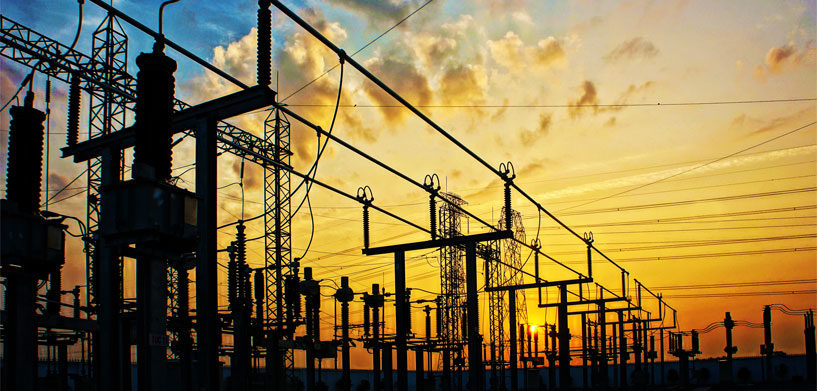Creature comforts are often taken for granted, and that includes utilities like power, water, and data. We expect a brighter room when we turn on a light. We expect water when we turn on the faucet. When we pick up our smartphones, we expect cellular service or Wi-Fi.
Unfortunately, our expectations and reality do not always align. Though utility companies across the globe strive for 100% reliability, service failures occur. Even worse, those failures have cumulative effects in the form of costly infrastructure repairs, revenue losses, and customer dissatisfaction.
The cost of failures
Since so much of the world depends on the reliability and resiliency of utilities, failures can spell economic peril. It isn’t just average citizens who are inconvenienced by a power outage; businesses and governments of all sizes lose revenue unless they have redundancies in place.
Outages are just as costly to utility companies. Not only do they lose customer revenue and consumer confidence, but there are also associated costs related to repairing the outage and potential regulatory fines.
According to a survey by Information Technology Intelligence Consulting (ITIC), 98% of businesses claim one hour of down time costs $100,000, while 86% put the figure at $300,000 or more. Even more telling, 34% said the cost could reach anywhere from $1-5 million.
The cost of data outages is just as staggering, and range from $5,000 to $11,000 per minute.
Large-scale water outages not only inconvenience customers, but can also pose a public health risk. Expensive water main breaks can result in damaged buildings and roads from flooding.
A proactive approach
Thanks to technology, utility companies have tools that can quickly identify failures at an early stage. They can detect potential issues through sensors that alert operators to any number of red flags, including sudden changes in water pressure, opened doors, water in a manhole, and unexpected temperature swings.
It’s difficult for utilities to develop a broader picture unless they have advanced tools that can extract data from the sensors and display trends over time. Fortunately, analytics solutions allow utilities to analyze performance, maintenance costs, problem areas, outage lengths, outage causes, and associated revenue losses in an effort to strengthen systems.
Computer-aided dispatch (CAD) solutions can display the exact location of a sensor notification on a map Dispatchers can then act on or share the notification with decision-makers. The same solutions can also be used to generate workflows and dispatch crews to the source of the notification for further inspection, potentially preventing a larger problem.
Conclusion
Technology doesn’t provide a complete, fail-safe option for utilities, but it can mitigate large-scale outages through earlier detection, analysis, and location. The prospect of uninterrupted service might seem like a shot in the dark for most utility companies, but until that day comes, high-tech solutions can help light the way.
To learn more about how an industry-leading CAD can improve utility response and resiliency, visit the HxGN OnCall Dispatch page.
















